試す 金 - 無料
THE HOME OF THE WEATHER GOD
Archaeology
|July/August 2025
In northern Anatolia, archaeologists have discovered the source of Hittite royal power

A view of a 72-foot-long tunnel that descends 26 feet below the surface at the Late Bronze Age site of Nerik in what was Anatolia's Hittite Empire. At its end, the tunnel reaches a water source referred to in Hittite writings dating to 3,500 years ago as the "spring loved by the Weather God."
DESCENDING DOZENS OF slick steps worn smooth by millennia of use, guided only by stone walls, one can almost hear echoes of prayers to long-lost gods hovering in the cool, damp air of a narrow underground tunnel. At the bottom of the 50-step staircase lies a water-filled pool where, thousands of years ago, Hittite kings came to pray for prosperity. For these mighty rulers of ancient Anatolia, this sanctuary dedicated to their all-powerful Weather God was the most revered place in their vast empire.
In about 1650 B.C., the Hittites began to expand their dominion, which eventually spanned Anatolia from the Black Sea coast in the north to northern Syria in the south, and nearly from the Aegean in the west to beyond the Euphrates River in the east. Each year, during grand festivals central to the Hittite calendar, the king, accompanied by priests and officials, traveled throughout the empire, holding ceremonies in various cities and temples. These annual journeys culminated in Nerik, site of a sacred spring dedicated to the Weather God.
このストーリーは、Archaeology の July/August 2025 版からのものです。
Magzter GOLD を購読すると、厳選された何千ものプレミアム記事や、9,500 以上の雑誌や新聞にアクセスできます。
すでに購読者ですか? サインイン
Archaeology からのその他のストーリー
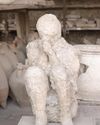
Archaeology
LEGEND OF THE CRYSTAL BRAIN
When most people envision the victims of the eruption of Mount Vesuvius in A.D. 79 that destroyed the cities of Pompeii and Herculaneum, they think of the casts of their bodies made by pouring plaster into voids left by their decaying corpses. Yet not all the physical remains of those who perished in the cataclysm decayed. In one case, a remarkable transformation occurred—a man’s brain turned to glass.
3 mins
July/August 2025
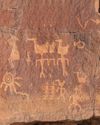
Archaeology
Birds of a Feather
Intriguing rock art in the Four Corners reveals how the Basketmaker people drew inspiration from ducks 1,500 years ago
8 mins
July/August 2025
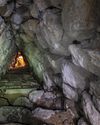
Archaeology
THE HOME OF THE WEATHER GOD
In northern Anatolia, archaeologists have discovered the source of Hittite royal power
13 mins
July/August 2025

Archaeology
SAINTS ALIVE
Since 2019, archaeologists have been excavating in Berlin's oldest square, known as the Molkenmarkt, or Whey Market.
1 min
July/August 2025
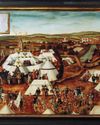
Archaeology
SOLDIERS OF ILL FORTUNE
The Schmalkaldic War, which began in 1546 and lasted less than a year, pitted the forces of the Holy Roman emperor Charles V (reigned 1519-1556) against the Schmalkaldic League, a Protestant alliance formed by German principalities and cities within the empire.
1 mins
July/August 2025
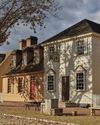
Archaeology
A NEW LOOK AT AN OLD CITY
Archaeologists are reconstructing the complicated 400-year history of Virginia's colonial capital
13 mins
July/August 2025
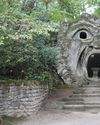
Archaeology
ITALY'S GARDEN OF MONSTERS
Why did a Renaissance duke fill his wooded park with gargantuan stone
10 mins
July/August 2025
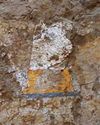
Archaeology
In Search of Lost Pharaohs
Anubis Mountain conceals the tombs of an obscure Egyptian dynasty
3 mins
July/August 2025
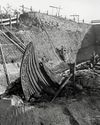
Archaeology
Setting Sail for Valhalla
Vikings staged elaborate spectacles to usher their rulers into the afterlife
15 mins
July/August 2025

Archaeology
BOUND FOR HEAVEN
During excavations of a Byzantine monastery in 2017 just north of Jerusalem's Old City, a team led by Israel Antiquities Authority archaeologists Zubair 'Adawi and Kfir Arbiv discovered an unusual burial in a crypt beneath the altar of the complex's church.
1 mins
July/August 2025
Listen
Translate
Change font size
